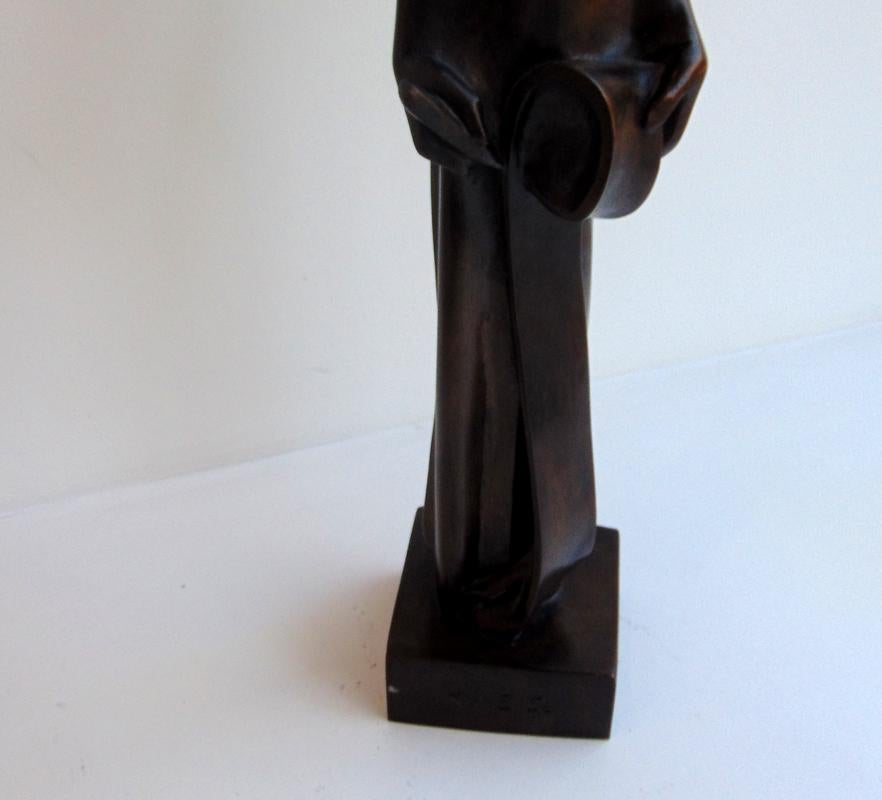

1 The painting has been interpreted in relationship to Gentileschi's own career and self-image - 'by including her signature in Clio's open book.

It currently hangs in the Palazzo Blu, Pisa. It was painted around 1632, just after Artemisia had moved to Naples. The beads come with a prayer to Clio, written specifically to be used with this prayer bead design, and with a cotton muslin bag for storage. Clio, Muse of History is a painting by the baroque painter Artemisia Gentileschi. The small size makes it easy to keep on hand in a drawer, a purse, or a pocket. The string itself is approximately 11" (28cm) in circumference and is designed to be used in prayer and meditation, to decorate an altar or shrine, and/or to adorn a statue, although it may be worn on the wrist as a bracelet if desired. It is made with 10mm deep blue Czech fire-polished glass beads, separated by silver-toned metal spacer beads, and glass seed beads to provide a comfortable transition from one bead to the next and to make the piece lightweight, supple, and easy to handle. Joining the string is a pendant, a symbol representing the goddess: a book, a modern variation on her traditional scroll. This set of Clio pocket prayer beads consists of twelve beads, representing the Greek dodecatheon of twelve gods there are many more than twelve Greek gods, but most cities had their own group of twelve. Clio, for example, became the Muse of History. While each Muse was well able to provide all sorts of inspiration, in later times they became associated with specific areas of artistry.

The Greek Muses were nine in number-nine goddesses who provided inspiration for artists, musicians, scientists and other creative persons. The Muses were the goddesses of art, science and literature, and their names were: Calliope (the muse of epic poetry) Clio (muse of history) Erato (muse.


 0 kommentar(er)
0 kommentar(er)
